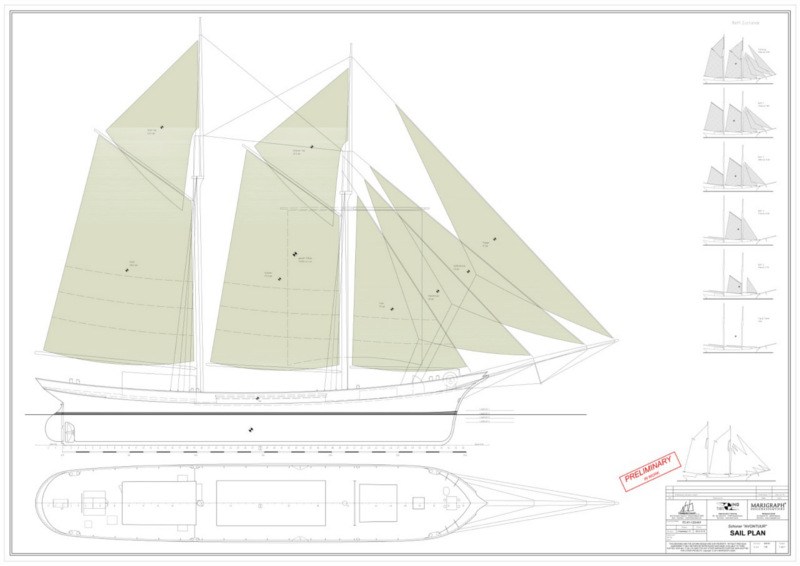Hey friends,
Fittingly, I’m writing this blog post from the deck of the Oliver Hazard Perry, a new tall ship in Rhode Island that I’m currently working aboard as a visiting artist. But that’s secondary to the following exciting news of the day: I’ve got a new comic up on The Nib!

For the last few months I’ve been researching and illustrating this brief introduction to the modern world of sail cargo—a movement driven by environmentalism, optimism, and countless volunteer hours. There are a surprising number of operations around the world working to convert tall ships into viable cargo-carrying vessels—or build new ones from the ground up.

It’s a trend I find deeply fascinating, and my only regret was not being able to fit more of my research into this introduction. The sailors working on these vessels are the embodiment of enthusiasm and dedication, and I really enjoyed talking with them during my research.
Of particular interest right now: Sailcargo Inc. are launching their Kickstarter to build a dedicated cargo vessel (Ceiba) from scratch in Costa Rica! Keep an eye on their website for details on the launch.
Fairtransport are also making great strides in building a coalition of sail cargo vessels around the world. Their website has a wealth of information, including vessel tracking and more. View all the ships in their network here.

Of course there are also efforts being made to implement modern sailing technology on existing container ships at a grander scale. To learn more about the DynaRig technology behind parts of that movement, check out this article. There’s some fascinating stuff afoot, and even though it’s moving slowly, progress is being made.
I’ll have more news after my week aboard the Perry, but until then, enjoy the comic!
Fair winds,
Lucy
Two comments on numbers in this piece:
— “reduced the cost of shipping by a factor of a hundred” is surely wrong. Maybe you meant, “reduced the cost of cargo handling by a factor of a hundred.” Cargo handling is the only part of shipping that longshoremen do.
— The decimal points in the percent-sulfur frame are basically unnoticeable, making the numbers look ten times larger, which anyone involved in this stuff will dismiss as obviously wrong.